Met haken kom je vaak voor de keus te staan of je een werk moet haken in spirale of gesloten rondes. Deze hebben beide hun eigen voordelen en nadelen, die ik in deze post ga uitleggen.
When you’re crocheting, you’ll often have to choose between working in continuous rounds, and working in joined rounds. They both have their merits, as I will explain in this post.
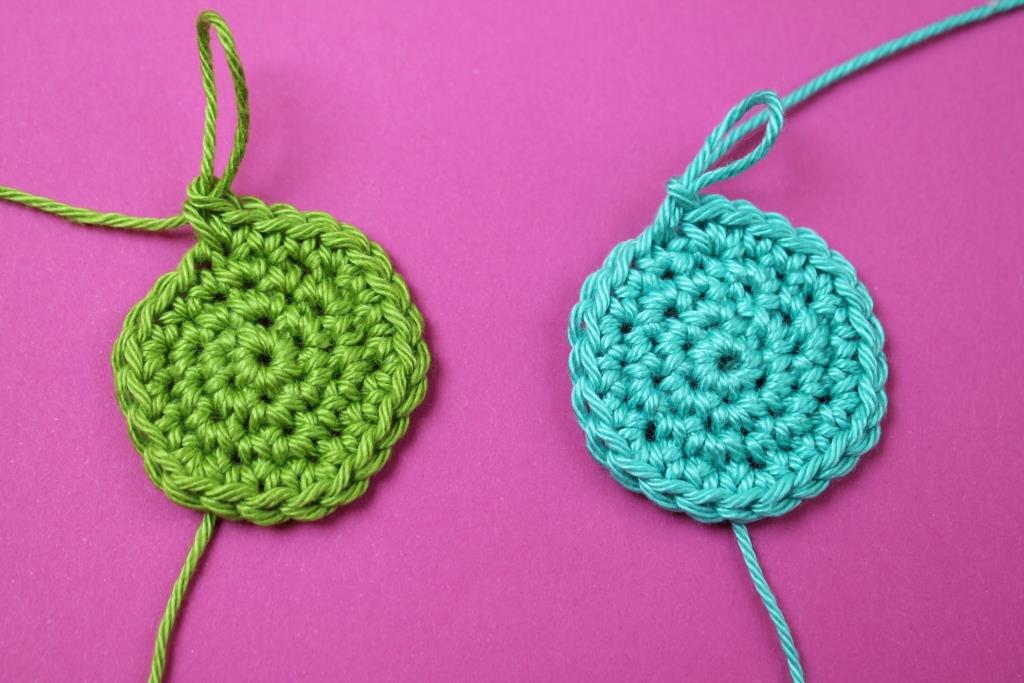
Right: Joined Rounds / Gesloten Rondes
Op de bovenstaande foto kun je het verschil zien tussen spirale rondes aan de ene kant, en gesloten rondes aan de andere. Als je wilt gaan voor een mooie ronde vorm, kun je vaak beter gaan voor gesloten rondes. Deze zijn altijd perfect rond. Het is vooral handig als je aan iets werkt dat oogjes nodig heeft. Die oogjes wil je natuurlijk op dezelfde hoogte, en als je in gesloten rondes werkt gaat dat makkelijker. Ook als je met verschillende kleuren werkt, zoals in strepen, is het resultaat mooier. Het nadeel is dat je een bepaalde lijn over je werk krijgt. Aan het begin van een gesloten ronde haak je namelijk een losse. Als je bij het eind werkt, haak je de ronde met een halve vaste aan elkaar vast. Je haakt de halve vaste altijd in de eerste steek die na de losse komt. Deze lossen en halve vasten creëren een bepaalde lijn. Op kleine werkjes valt dit niet zo erg op, maar als je bijvoorbeeld een muts haakt dan wil je toch liever kiezen voor spirale rondes. Hieronder volgt nog een gedetailleerde uitleg.
In this picture you can see the difference clearly. Joined rounds will provide you with a perfect circle, whereas the continuous rounds always will have something sticking out. Joined rounds are more appropriate for something you have to attach eyes to. You’ll want the eyes to be on the same height, right? This is somewhat easier to achieve with joined rounds. If you’re crocheting something with colourwork, such as stripes, joined rounds is the way to go, otherwise it will be very difficult to separate the colours neatly. The downside is that joined crochet makes a kind of line on your work. This is because at the beginning of every round you start with a chain stitch, and at the end you’ll make a slip stitch. More about this later on. These stitches make a kind of line, stripe, whatever you call it, in your work. You won’t notice this as much on smaller projects, but if you’re crocheting a bigger project, like a hat, continuous crochet will give it a nicer look.
Spirale rondes (ik weet hier eigenlijk niet de officiële term voor) haak je, zoals de naam al zegt, in een spiraal. Je haakt geen lossen en halve vasten om de rondes aaneen te haken, je gaat gewoon door met je patroon. Deze manier van haken laat geen lijn achter zoals bij gesloten rondes. Een nadeel is wel dat je nooit een perfect rondje hebt. Om af te kanten zul je altijd een paar halve vasten moeten maken om dat uitstekende hoekje weg te poetsen (zie onderstaande foto voor het resultaat). Als je in stokjes werkt, doe je om af te kanten bijvoorbeeld een half stokje, een vaste en een halve vaste achter elkaar.
Dit is bovendien lastig met steken tellen. Bij gesloten rondes kun je zien wanneer je ronde klaar is, maar omdat je bij spirale rondes alsmaar doorhaakt, kan je dit bijna niet zien. Dit is handig opgelost met een stekenmarkeerder.
Continuous rounds are somewhat easier to crochet as you don’t have to stop every round to crochet a chain stitch and a slip stitch, and as a result you won’t have an ugly line running over your work. But, you will never have a perfect circle. To finish off your work, you’ll have to crochet some slip stitches to even it out (see the picture below). If you’re crocheting double crochets, you can crochet a half double crochet, single crochet and a slip stitch to make the small corner disappear. Another downside is that it will be more difficult to know which row you are on. With joined rounds it’s easy to see, because you see where you started the round. With continuous crochet you don’t, but this can be solved by placing a stitch marker.

Continuous rounds finished off with a slip stitch
Nu nog wat meer instructies over het werken in gesloten rondes. Om te beginnen maak je een losse, zoals te zien op onderstaande foto. Je werkt de ronde zoals in je patroon, en als je de laatste steek hebt gehaakt, maak je een halve vaste in de eerste steek die je die ronde hebt gemaakt. Dus niet in de losse, maar in de eerste steek daarna. Zie de foto’s voor meer detail.
Time for some more instructions on joined rounds. All of the steps are pictured below. You start with a chain stitch, and crochet your round as you normally would. When you’ve crocheted the last stitch, you make a slip stitch in the first stitch of that same row. So don’t crochet into the chain stitch, but into the first stitch that comes after the chain stitch. 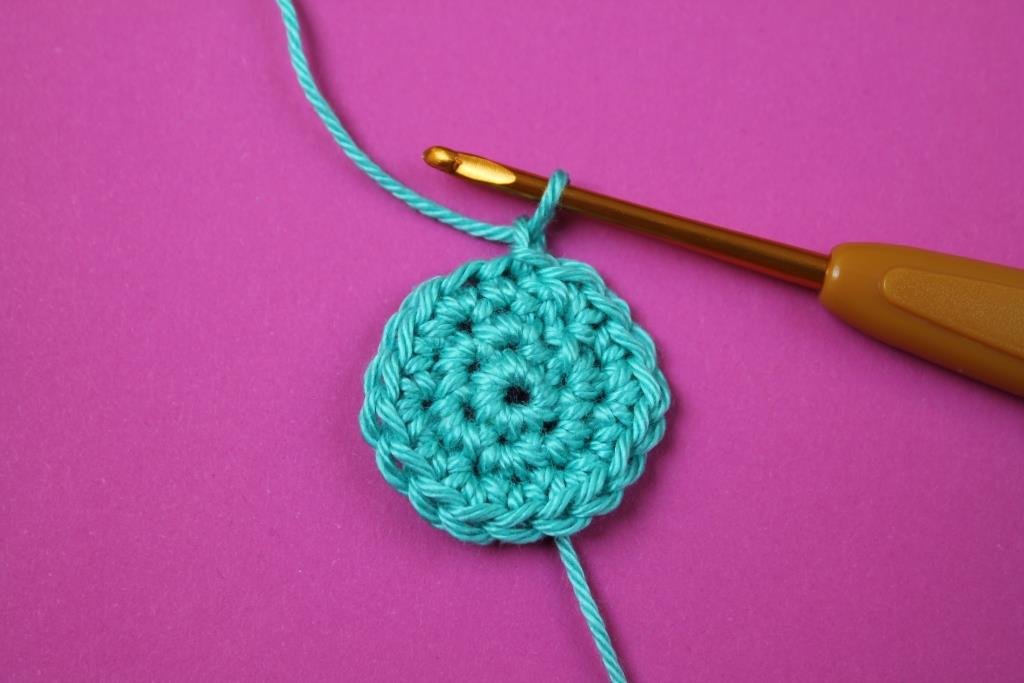
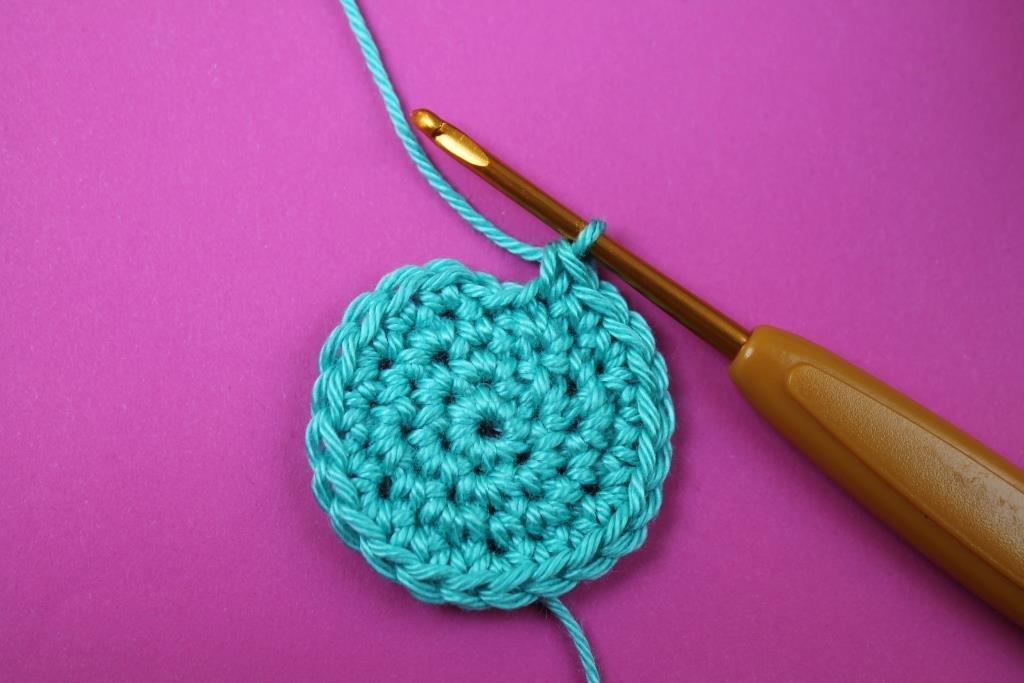
Still one stitch left..
En daar heb je ze, twee cirkels, maar op twee verschillende manieren gehaakt. In een patroon zal ik altijd aangeven welke manier ik gebruik.
And there you go, two circles, different ways to crochet them! In my patterns I’ll always mention which method I used.
Happy Crafting!

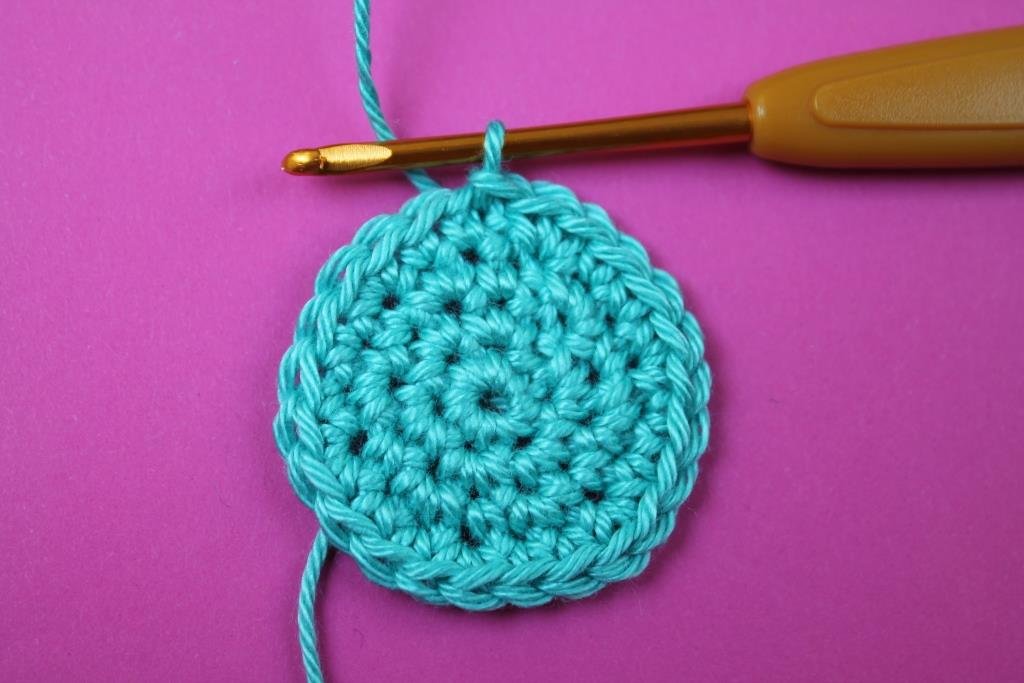

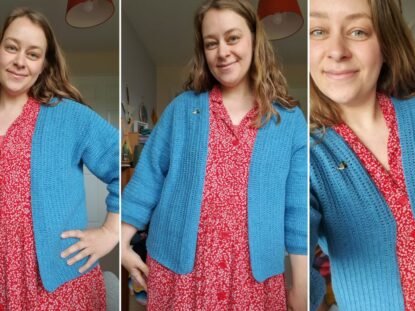
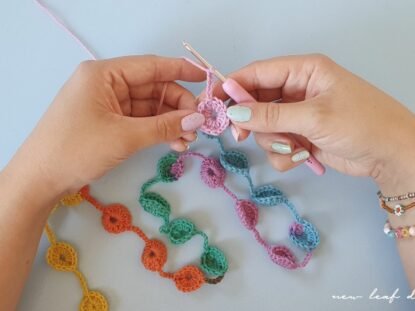

2 Comments
Ik gebruik altijd de joined rounds versie c:
Leuke uitleg hoor! Xx http://icepandora.blogspot.com
Thank you for sharing this tutorial on crocheting in the round. I have a big favor, could you do a tutorial on how to mark the beginning of rounds? For those of us learning, it would be helpful since many patterns often say mark beginning of round, but there is no instructions on how to do this and what to do with all the remaining rounds after the beginning round…your tutorials are wonderful and easy for those of us still learning to follow and understand…thanks so much!
Michele